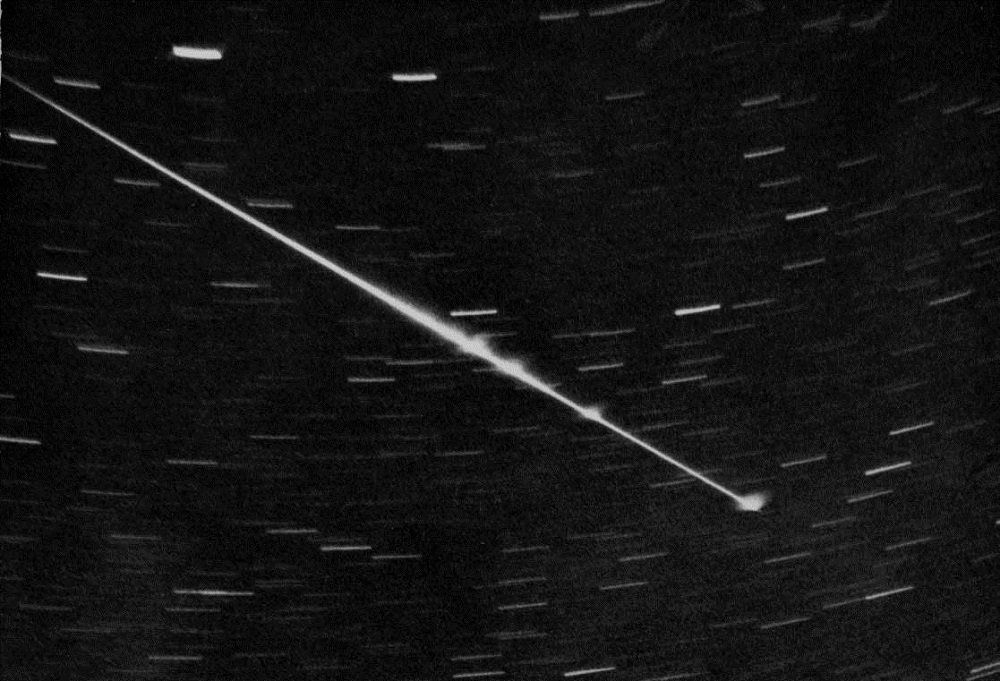Welcome to the Ontario Parks “Eyes on the Skies” series. This space (see what we did there?) will cover a wide range of astronomy topics with a focus on what can be seen from the pristine skies found in our provincial parks.
For those of us in Ontario, April is that transition month between winter and spring weather. The snows start to melt away, the lakes start to open up and, by month’s end, the first buds may appear on the trees.
Here are our astronomical highlights for April 2023:
The sun

Sunrise and sunset times:
| April 1 | April 15 | April 30 | |
| Sunrise | 7:06 a.m. | 6:42 a.m. | 6:14 a.m. |
| Midday | 1:29 p.m. | 1:26 p.m. | 1:23 p.m. |
| Sunsets | 7:54 p.m. | 8:11 p.m. | 8:32 p.m. |
The moon
The moon has long captivated observers of all ages. April’s lunar phases of the moon occur as follows:

Get ready for the Southern Ontario Total Solar Eclipse in 2024!
On April 8, 2024, the Great American Eclipse will be visible from areas just south of Toronto. This will be the first total solar eclipse to come this close to Toronto and southern Ontario since January 24, 1925!
While the weather is quite unpredictable, planning in advance may allow you to visit one of our parks to get your perfect view of a once in a lifetime event.
Did you know that many First Nations teachings, including those of the Anishinaabe and the Haudenosaunee people, use the back of a turtle’s shell as a lunar calendar?
The planets
After their incredible conjunction on March 1st, the planets Jupiter and Venus are drifting further and further from each other (Venus moving higher in the western sky at sunset and Jupiter moving lower).

Venus continues its magnificent rise from the western horizon at sunset. By the end of April, it sets almost four hours after sunset, around 12:30 a.m. Seeing the spectacularly brilliant white Venus against the dark blue twilight backdrop is one of the more beautiful evening sights to behold.
Comets and meteor showers
April brings us the first decent meteor shower since April – the Lyrids (originating from the constellation of Lyra the Harp). While not as spectacular as the more famous Perseids and Geminids, the shower can easily provide up to 20 meteors an hour when seen best from a dark sky site and after 1:00 in the morning of April 23.
On any given night, in the dark skies of provincial parks, one might see as many as five to 10 meteors per hour, especially after midnight.
Featured constellations: the Bears and a Dragon
In last month’s blog, we discussed some of the constellations that are prominent in the spring: Leo the Lion, Cancer the Crab, and Coma Berenices (Queen Berenice of Egypt’s hair).
This month, we will focus on two of the most well-known, as well as one of the longest, constellations visible in the night sky: Ursa Major, the Great Bear (Big Dipper) and Ursa Minor, the Little Bear (Little Dipper).

Find more information on this month’s constellations.

